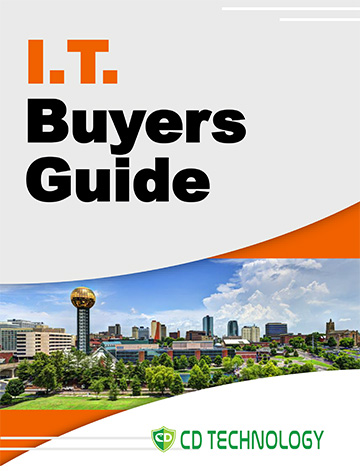 Merging two firms often means merging two very different tech environments. From client portals to data storage, software platforms to cybersecurity—IT alignment isn’t optional. It’s essential.
Merging two firms often means merging two very different tech environments. From client portals to data storage, software platforms to cybersecurity—IT alignment isn’t optional. It’s essential.
Here are the top tech considerations you should audit before and during a merger or acquisition:
- ✅ Software Compatibility & Data Security
Are both firms using compatible platforms for tax, accounting, or document storage? If not, you’ll face challenges in:
- Migrating data between systems
- Training staff on unfamiliar tools
- Maintaining compliance during the transition
Data privacy regulations like the FTC Safeguards Rule and GLBA still apply during M&A. If either firm has experienced past breaches or poor data practices, this could derail the deal or trigger legal risk.
- ✅ Client Portals and User Experience
If both firms use client portals, you’ll need to assess:
- Which platform is more secure and scalable
- Which offers a better user experience
- How to transition clients without confusion
Security and usability are both non-negotiables when it comes to managing sensitive financial data.
- ✅ Hardware & Infrastructure Review
Merging two firms means merging two physical infrastructures:
- Are workstations outdated or standardized?
- Is the network modern, secure, and cloud-ready?
- Do both locations have reliable backup power, firewalls, and network protection?
Legacy hardware can quickly become a liability—and slow down your integration efforts.
- ✅ Vendor Relationships & Contractual Obligations
Every firm has tech vendors. You need to review:
- Active software licenses
- IT support contracts
- Hidden fees or auto-renewal clauses
- Vendor reputation and responsiveness
Uncovering red flags early avoids costly surprises later.
- ✅ AI and Automation Tools
Some firms may already be leveraging automation for:
- Bank reconciliations
- Client reporting
- Tax projections
- Time tracking
Others may be 100% manual. Understanding the current use of AI in accounting helps determine the efficiency gap—and where training or upgrades are needed post-merger.
- ✅ Team Readiness & Digital Fluency
Even with the best tools, success depends on your team’s adaptability. Consider:
- How tech-savvy each staff is
- The learning curve for new systems
- The cost and timeline of post-merger training
Your integration plan should include not just the tech—but the people behind it.
- ✅ Technology Costs and Overlaps
Now is the perfect time to streamline tech costs. A merger creates opportunities to:
- Eliminate duplicate licenses
- Consolidate platforms
- Restructure support contracts
- Create predictable IT budgets moving forward
- ✅ Website, SEO & Digital Brand Reputation
Don’t ignore the firm’s online presence:
- Does the firm have a modern website?
- Are reviews and local SEO in good shape?
- How will you handle rebranding or domain changes?
Digital reputation impacts client retention and post-merger visibility.
- ✅ Business Continuity and Backup Plans
What happens if your data is compromised or a server goes down during the transition?
Before the merger is finalized, both firms should have:
- Documented data backup plans
- Business continuity procedures
- Disaster recovery protocols
This is non-negotiable—especially during tax season.
Why Having a Local IT Partner Makes M&A Easier
At CD Technology, we help accounting firms across Tennessee plan, audit, and execute smooth M&A transitions from a technology perspective.
We support:
- Pre-merger IT due diligence
- Software and hardware audits
- Secure data migration
- Vendor and licensing review
- Unified cybersecurity strategy
- Staff training and onboarding
- Ongoing IT support post-merger
Make Your M&A Move with Confidence
Whether you're buying or selling, IT alignment is essential for a successful outcome.
Don’t leave your firm’s reputation, compliance, or client trust at risk.
📞 Schedule a free discovery call with CD Technology today
We’ll help you assess your current tech landscape and guide you through every step of the M&A process.





